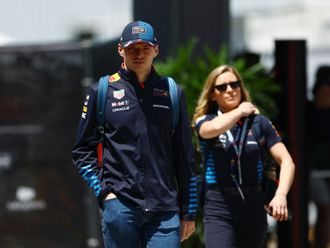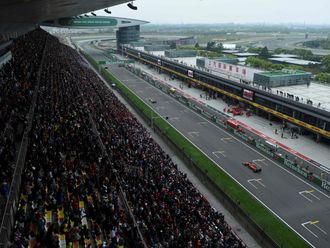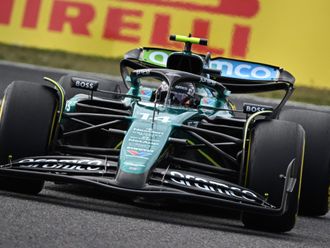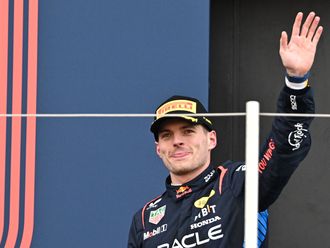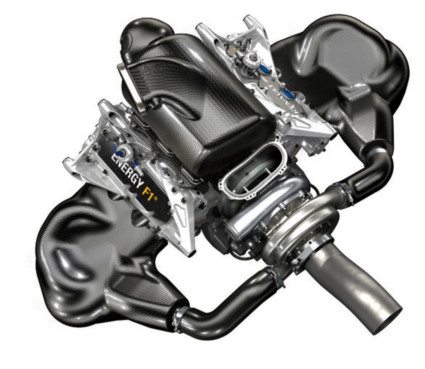
With the 2014 season seeing a new engine formula — the return of turbochargers for the first time since 1988 — a few critical changes are expected to anchor the sport.
F1 has seen many drivers and teams, but one aspect remains the same — the engine. Only Mercedes, Ferrari and Renault, from the current suppliers, will be providing engines for the 2014 F1 season.
Last month, Renault set a new F1 record when Mark Webber’s pole position for Infiniti Red Bull Racing took Renault’s total number of poles in the FIA Formula One World Championship to 209, which is the highest number of pole positions held by an engine manufacturer. Ferrari had set the previous record of 208.
Speaking to GN Focus, Rob White, Renault Sport F1 Deputy Managing Director feels the team’s new Energy F1 engine will offer similarities and differences, although he does note that the overall car performance will be the same, and the races exciting.
“There is significant new technology that will not yet be fully mature, so there are less predictable outcomes for many aspects on the track — performance, reliability and race strategy,” says White.
“The race winner will of course be the fastest driver who can cover the distance within the allowed quantity of fuel, so fuel efficiency will be the single most important engine performance factor.
“The maximum speed permitted for the internal combustion engine is 15,000rpm. There is a double limitation on fuel usage: no more than 100kg total for the race and no more than 100kg per hour maximum instantaneous flow rate. These limits drive us to seek maximum efficiency to maximise performance,” explains White.
Reliability rules
The Energy Recovery System (ERS) is an important element in the overall efficiency and is limited in power recovered from or returned to the drivetrain (120kW) as well as battery weight (20-25kg) and usage (ERS must remain in 4 MJ “state-of-charge window”).
When asked to compare the new model’s reliability with that of the previous engine, the RS27, White touches on durability. “Only five engines will be allowed per year, so the units must be durable to about 5,000km, about twice the nominal mileage of today’s V8s. The life cycle of the engine also gets more difficult to predict precisely and manage in service. The complexity of the new systems poses an additional reliability challenge that will remain forever with the new power units.”
White does add that in the beginning, there may be “teething troubles” due to the technology’s immaturity.
The new regulations also limit the amount of fuel used per race at 100kg — down from 160kg. This will see drivers balancing their speeds and fuel consumption. The fastest race strategy will often require equal or less than the allocated fuel.
“For the traditional high-fuel consumption races, including the first race in Melbourne, simulations currently predict that without this rule constraint, the fastest race set-up would require slightly more than the allowed 100kg,” explains White. “So the car will be set up for the fastest race distance not exceeding 100kg and the winner will be the driver that goes quickest with this amount of fuel.”
Design details
Next season’s F1 cars will see a change in design as well. Stepped noses on Formula 1 cars will no longer be permitted next year; the nose height will have to be reduced to 185mm from the current 550mm maximum. The front wing will be narrower, at 1650mm, from the current 1800mm and the rear will look different as well, as the lower beam wing has now been outlawed.
“The new power unit will not cause the cars to look fundamentally different from this year’s shape externally. The overall car performance optimization will lead to vehicles with, on average, less drag and down force. The biggest change will be the single exhaust outlet on the centreline of the car, but the overall shape of the cars will be largely similar,” says White.
“There are new technical regulations for non-power unit reasons that will be more visible on non-running cars, such as a lower nose for safety reasons. Some of the packaging and under-body aerodynamics will be changed to make space for new systems and auxiliaries such as the turbo and intercooler,” he explains. n


